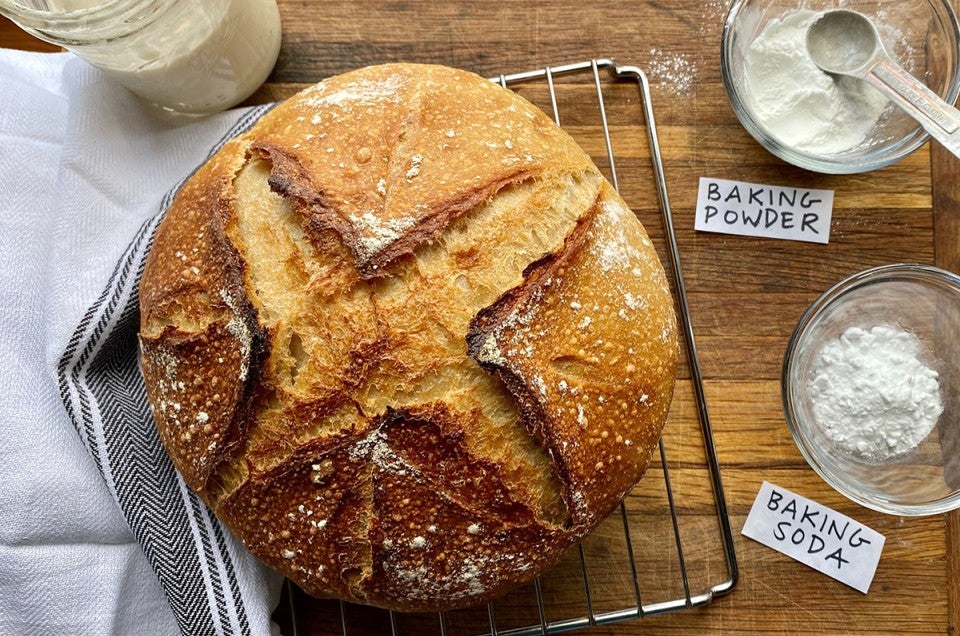


Nothing's quite as comforting or satisfying as taking a bite of fresh homemade bread, especially during the days when you’re stuck at home. If the only thing separating you from the blissful experience of baking bread is a lack of yeast, we’re here to help. We’ll show you what to do if you run out of yeast and you still want to make bread without it.
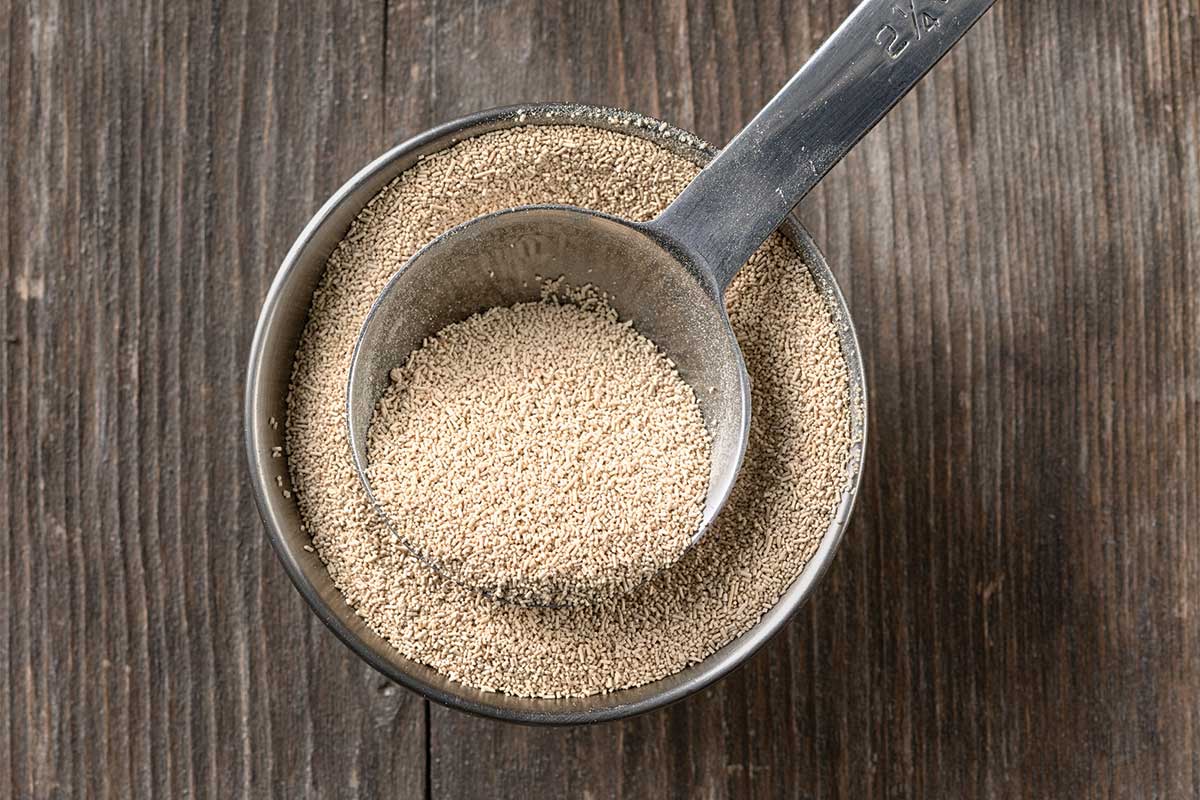
The good news is that there are many ways to make bread without yeast if you open your mind. For the sake of this post, “bread” includes things other than classic sandwich loaves. Recipes that are bread-like in nature make the cut — even flatbreads and their relatives. It’s time to be creative and embrace all kinds of no-yeast bread!
The methods for making bread without yeast fall into three categories:
Some options are quick and easy while others are more of a project. We’ll highlight each method and offer suitable recipes so you can choose your challenge.
Ready to find your match?
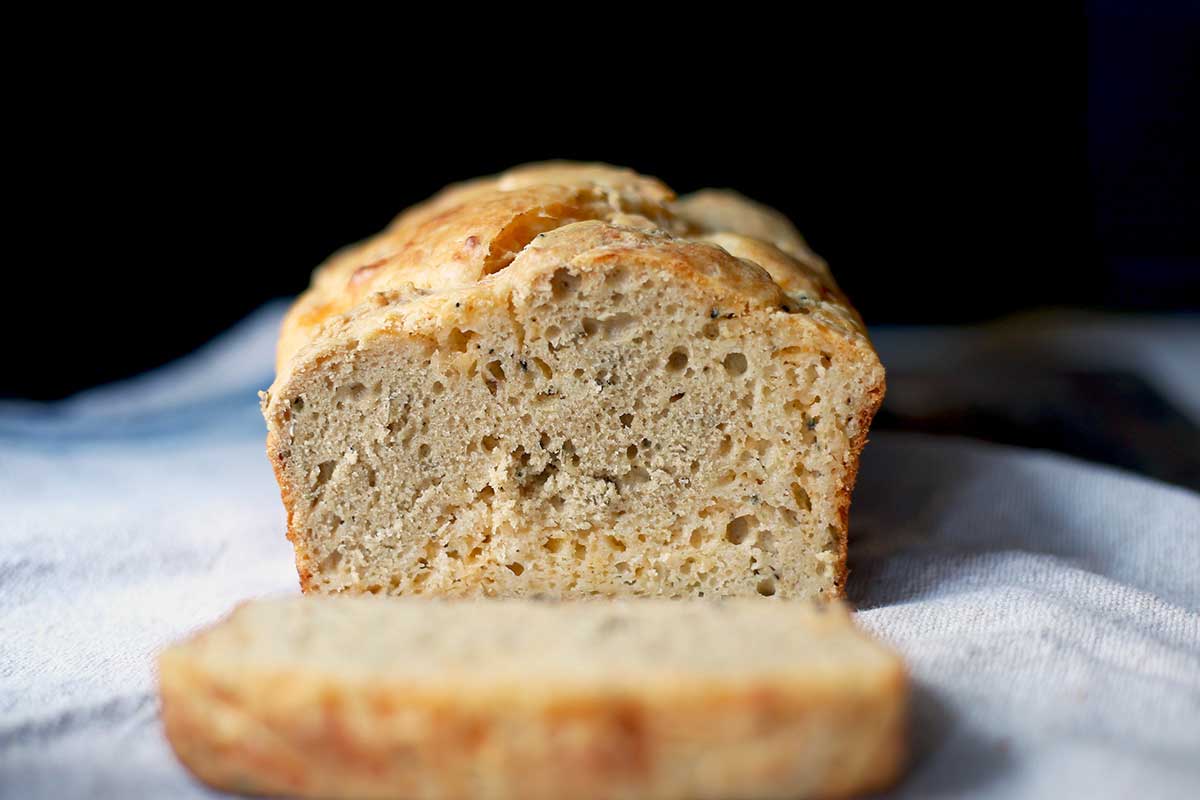
If you want to bake bread today and don’t want to fuss, use chemical leaveners.
The words “chemical leaveners” may sound foreign and like something you wouldn’t want in your kitchen. But in reality, this term captures ingredients that you’re probably quite familiar with — baking powder and baking soda.
How do these chemical leaveners work? In short, when they come into contact with an acid (baking soda) or any liquid (baking powder) they produce carbon dioxide. This gas creates small bubbles that aerate batter or dough. During baking, these bubbles expand further and produce the lift you’re looking for in your baked goods.
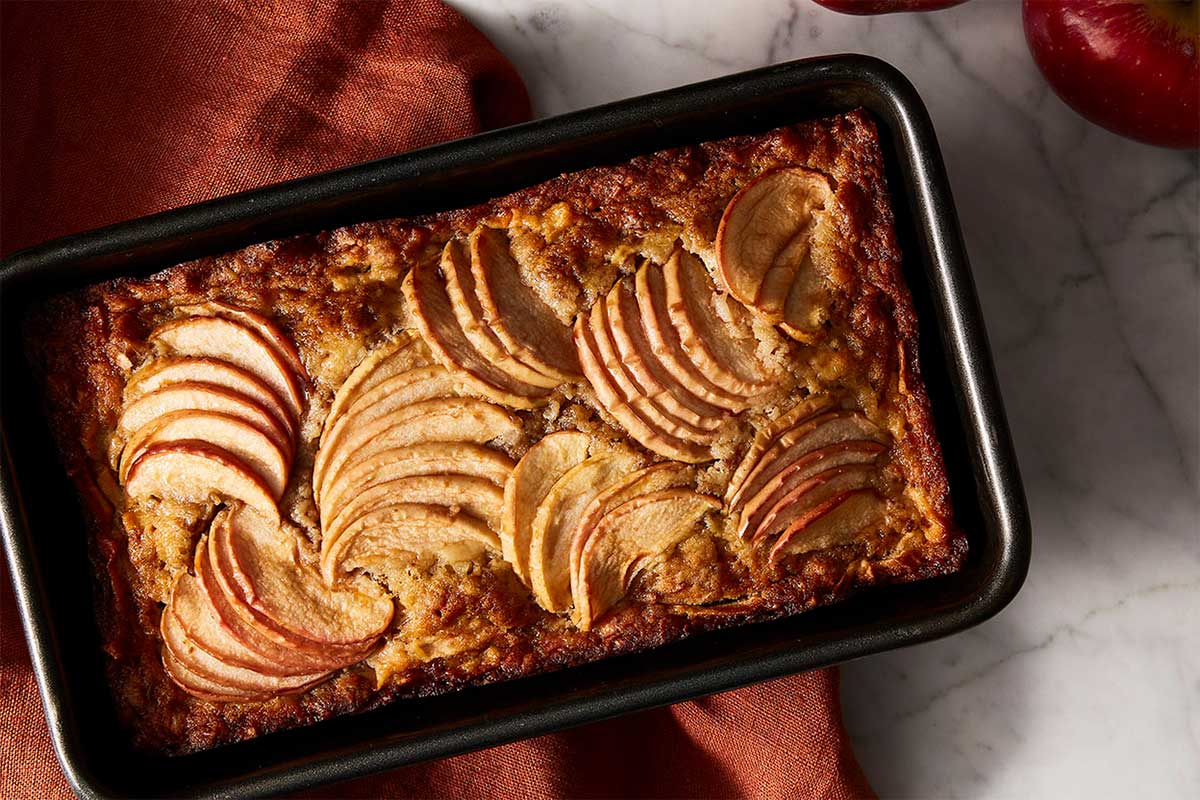
Now that you understand how they work, let’s explore a few of the fantastic recipes that harness the leaving power of these ingredients. Here are four of my favorites for each category, and there are lots more options in the quick bread section of our recipe site.
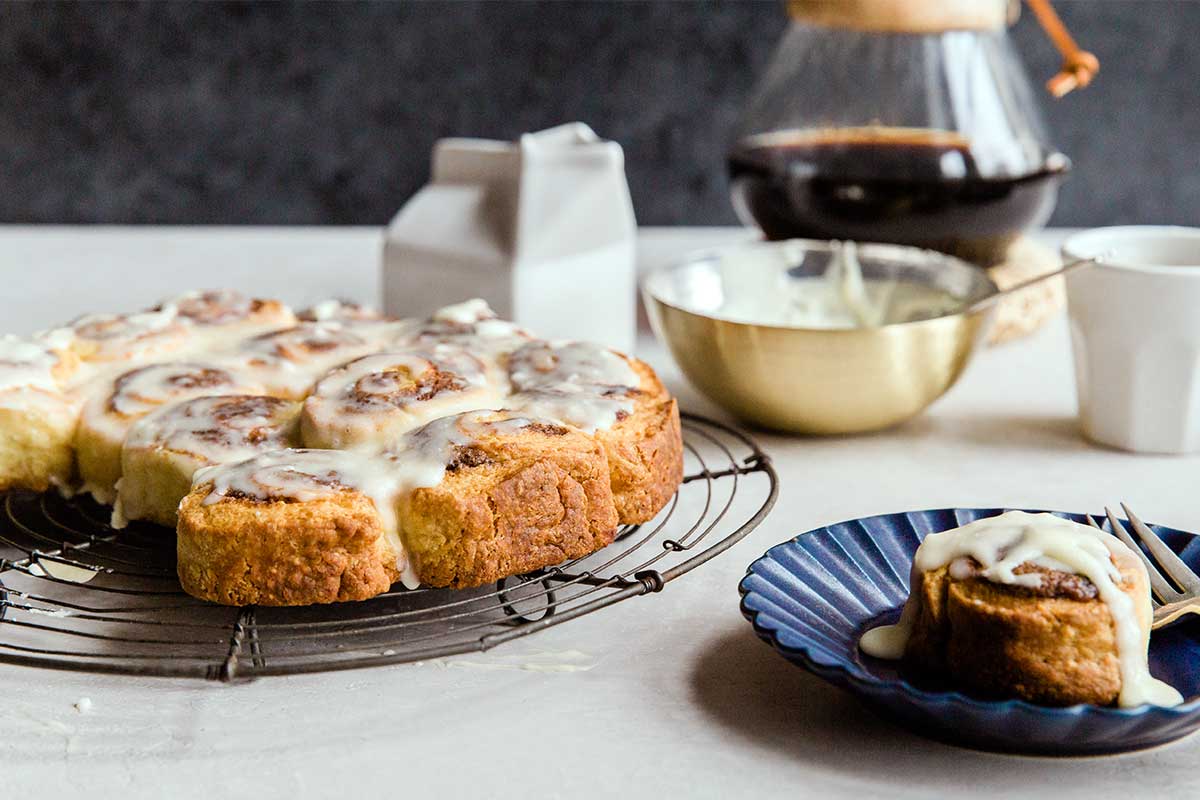
If you have eggs and butter and like working with your hands, use physical leaveners.
There are two types of physical leaveners that work well in bread and its relatives: air and steam. Recipes leavened with air often include beating whole eggs or egg whites, which translate to fluffy texture (think soufflé or mousse). Steam-leavened baked goods typically include many layers of butter (think croissants and puff pastry) — not traditional "bread," but still guaranteed to feed your cravings.
Eggs show off their leavening power in bread-like recipes, including Spoon Bread, Herbed Parmesan Dutch Baby, and Popovers.
Laminated dough isn't usually turned into loaves of bread (though it makes fantastic croissants). It also usually relies on the rising power of added yeast.
However, if you have your heart set on harnessing the leavening powers of lamination to make something that resembles a loaf of bread, you can turn to Gesine Bullock-Prado. She's come up with this brilliant combination:
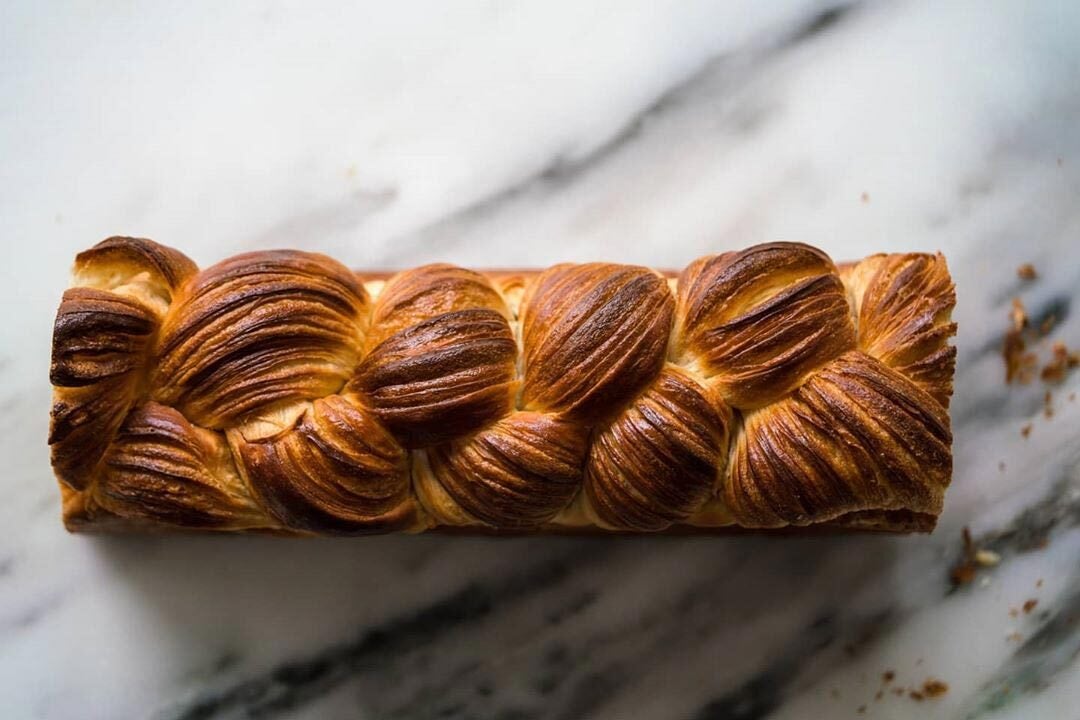
If you’ve got patience and a lot of flour, use wild yeast, a biological leavener.
There's wild yeast all around us: on surfaces, in the air, even in flour. These wild colonies of yeast can do the same heavy lifting as their commercial counterpart if you have enough of them and keep them happy.
How do you draw in wild yeast and keep it cozy and well-fed? You build (or buy) a sourdough starter and then feed and maintain it.
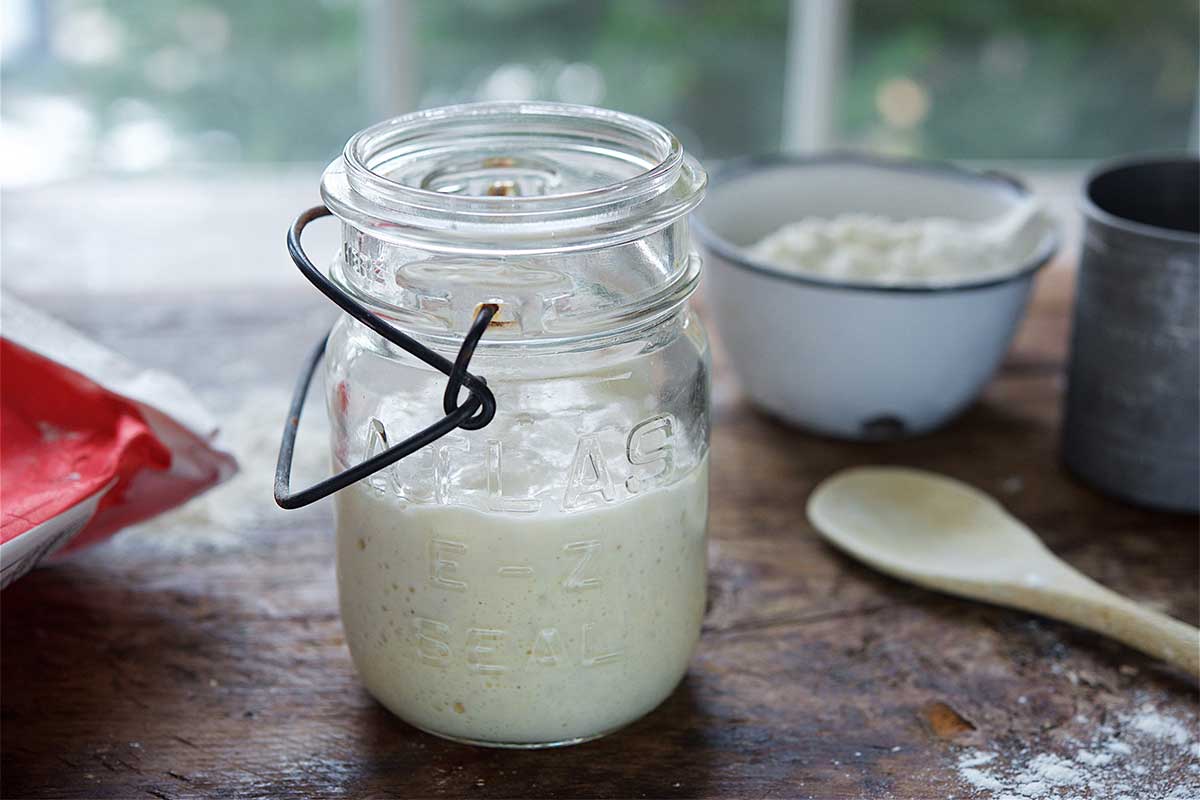
Anyone can make their own sourdough starter if you have enough patience (it takes about 7 to 10 days until you can bake naturally-leavened bread without commercial yeast) and enough flour (daily feedings add up quickly).
If you're interested in learning more about this beloved craft, start with our Sourdough Baking Guide. It'll lead you gently by the hand into the world of baking bread with wild yeast.
Similar to sourdough, this method requires patience, flour, AND appreciation for a good science experiment.
Our Classic American Salt-Rising Bread recipe calls for milk, cornmeal, flour, and a few other ingredients to be kept warm for extended periods of time to ferment. This is a similar process to creating yogurt or cheese; it creates an environment where enzymes, bacteria, and wild yeast come together to make unique flavors.
The final loaf is leavened primarily by wild yeast (with a tiny bit of help from baking soda), and it has a flavor reminiscent of cheese (though there's no cheese in the bread). Aromas are sure to get funky along the way, but the end result is delicious.
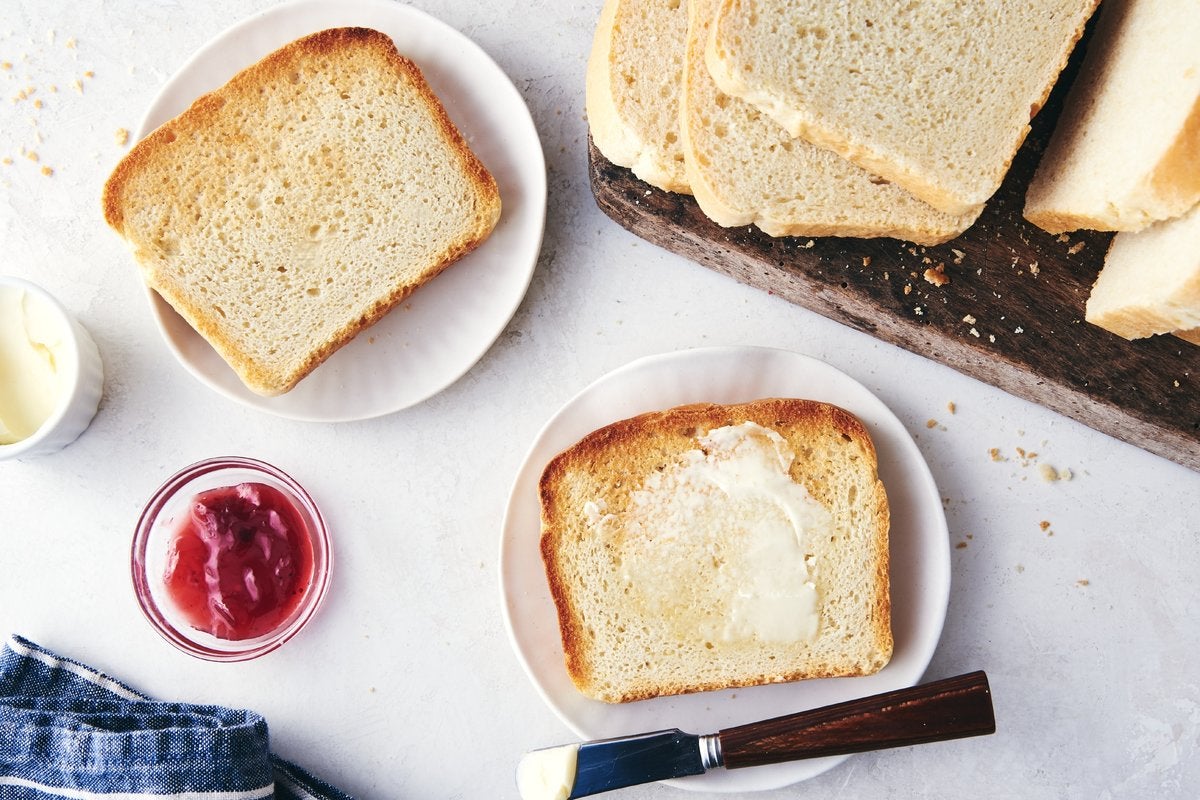
The last of our trio of biological leaveners is yeast water. The basic idea is that you can save your flour and skip the daily feedings (once the yeast water is fully mature) and simply add yeast water to your recipe and get baking.
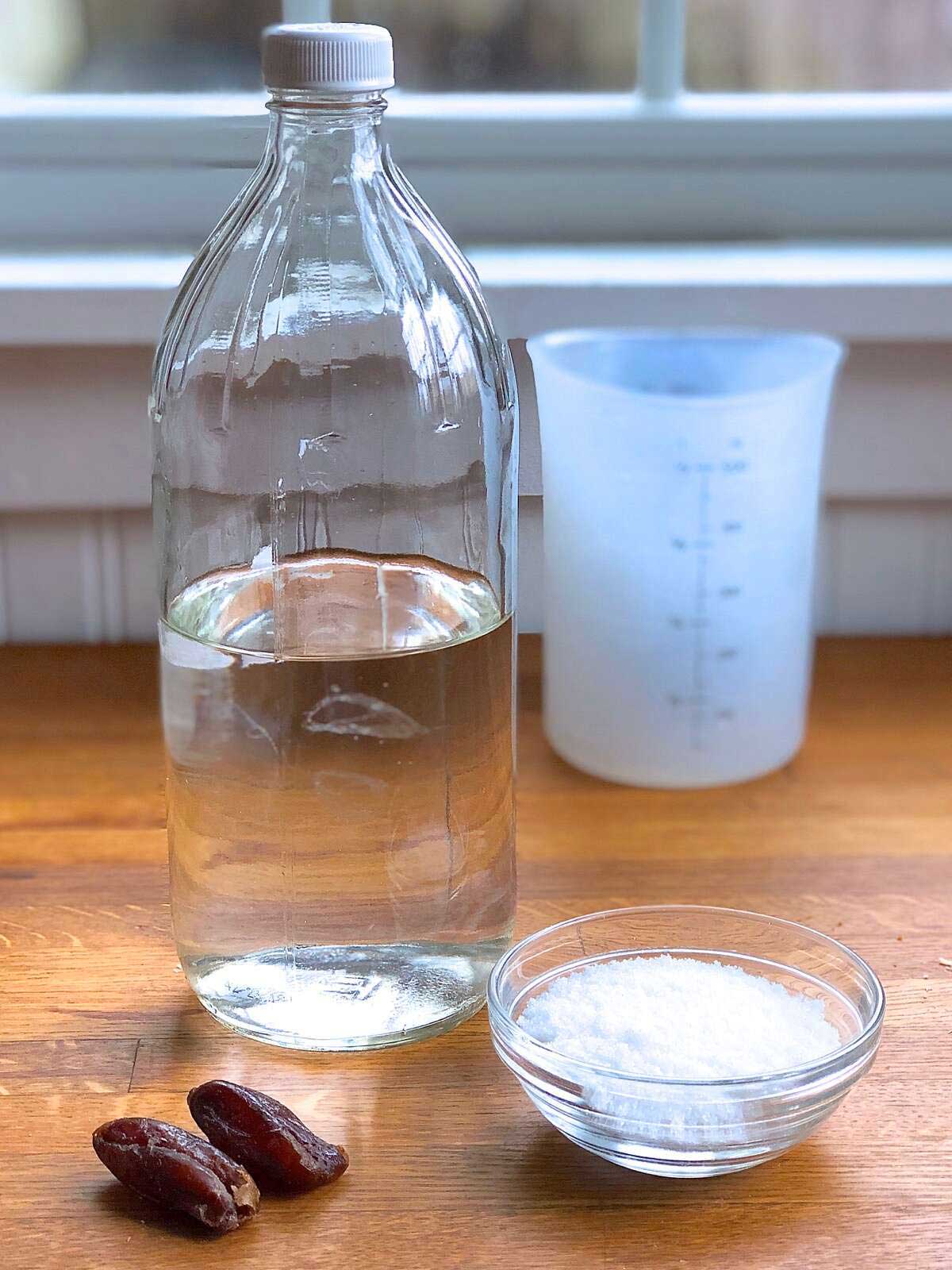
Though the starter itself doesn't require any flour, it's smart to be prepared with a decent supply as you learn the typical behavior of your starter and how to make the best loaves with it.
Making your own yeast water starter is certainly the path less traveled when it comes to baking with wild yeast. If that tempts you, please give it a try! Follow the instructions outlined in my fellow blogger PJ's post: Baking bread with a yeast water starter.
By this point, if you're feeling overwhelmed rather than eager to head to the kitchen, there's one more option that might tempt you: unleavened bread.
That's right, not all bread products are leavened. Some of the most versatile and delicious breads are flatbreads. Think tortillas, wraps, and other flatbreads. To prove you won't be missing much without any yeast at all, here's a stacked lineup of recipes: Spicy Tomato-Filled Tunisian Flatbreads, soft and tender Lefse, and Roti.
We also have a whole host of tortilla recipes, including corn, gluten-free, and low-carb options.
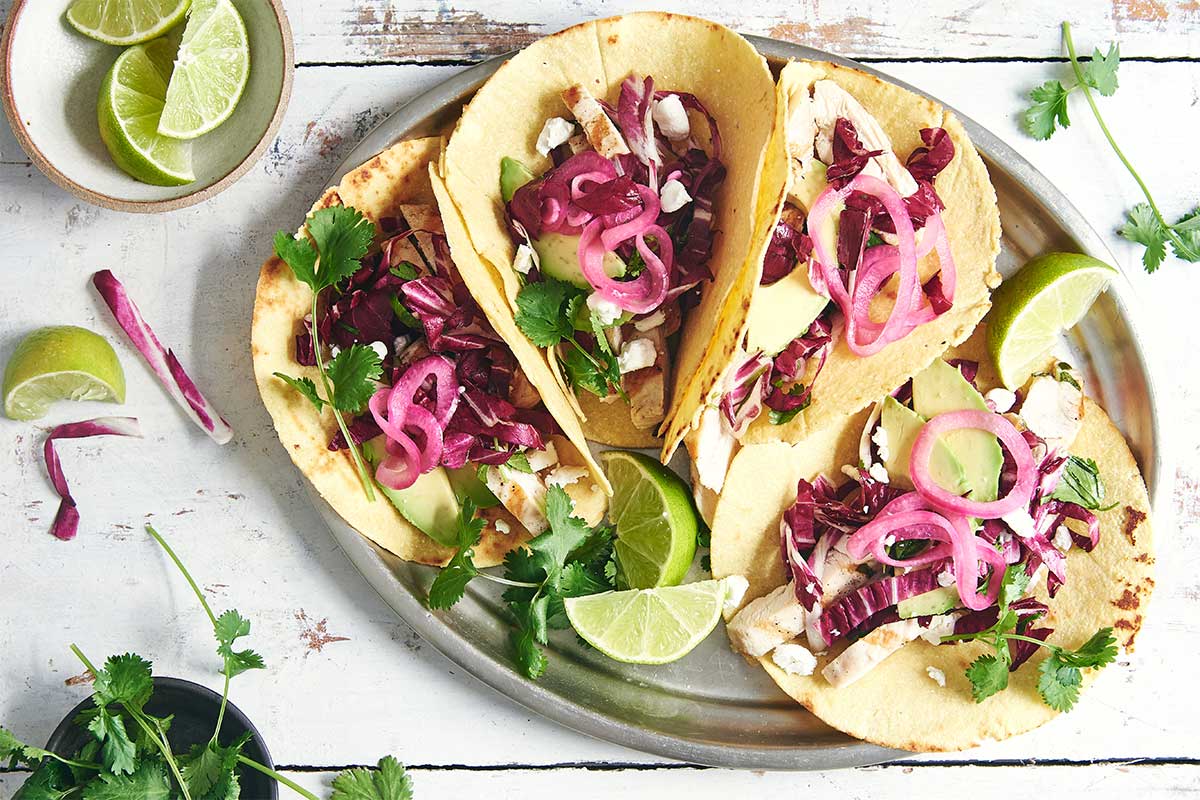
And finally, a member of the flatbread family that begs to be filled with flavorful ingredients: the crêpe. There are classic street vendor-style crêpes if you want to pretend you're in Paris; a buckwheat variation that's perfect for dinner; a gluten-free version made with teff flour, and even socca, a crêpe made out of chickpea flour.
I hope you're already dreaming about which yeastless bread recipe you're going to try first. My heart is set on beer bread, quick cinnamon rolls, and homemade tortillas.
Bottom line: Don't let a lack of yeast keep you from baking homemade bread. It's important to give yourself the things you need to feel happy and whole. And for bakers like us, that just might include making homemade bread.
To make the loaf in the cover photo, use our No-Knead Sourdough Bread recipe (it's naturally-leavened!) and bake it in a Dutch oven. I love using our Bread and Potato Pot.